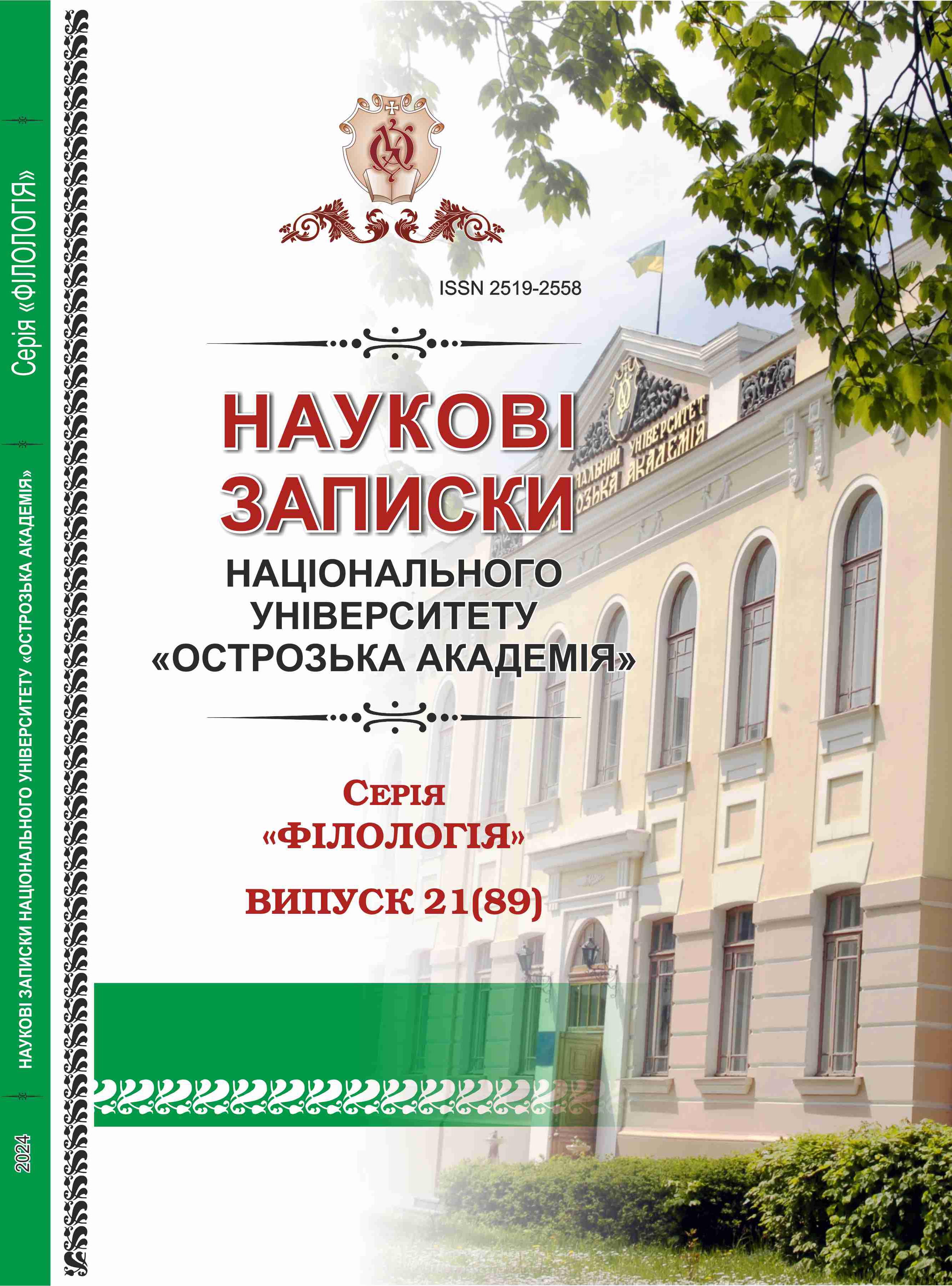THE LINGUISTIC AND STYLISTIC ASPECTS OF THE TRANSLATION OF LEXICAL BORROWINGS IN THE POLISH LANGUAGE
Keywords:
the classification of loanwords, assimilative borrowings, hybrid borrowings, word-forming calques, phraseological calques, semantic calques, expansion of the semantic spectrum, innovations in the lexicon, stylistic expressivenessAbstract
The article is devoted to the linguistic and stylistic aspects of the translation of lexical borrowings in the Polish language. It is noted that the intensive exchange of language elements between cultures, due to globalization, requires a detailed study of lexical borrowings and their influence on the stylistic characteristics of texts. The lexical borrowings of the Polish language from other languages have been analyzed using specific examples; the theoretical foundations of the study of borrowed words in modern linguistics have been revealed. The author carries out a detailed analysis of the classification of borrowings, in particular their division into assimilative, structural, artificial and hybrid. Borrowings, which are part of the active lexical stock of the language, can perform various functions in speech: they can be used to denote new concepts that do not exist in the target language, or to denote existing concepts for which a corresponding term already exists in the target language. One of the important functions of borrowing is the expansion of the vocabulary of the target language. Emphasis is placed on the fact that the role of borrowings is also in strengthening the expressiveness and emotionality of the language. Borrowed words can be used to change the style of speech, add an exotic touch to words, or convey a certain mood or emotional assessment. Among the factors contributing to the implementation of lexical borrowings in the Polish language, the author notes cultural interaction with other countries, international economic ties, and scientific and technological progress. All these factors combine to form the linguistic landscape of the Polish language, which indicates its adaptability and openness to the influence of other cultures and languages. The article specifies the semantic and stylistic features of the translation of foreign loanwords into Polish, emphasizes the need to take into account the adaptation to the audience and the specifics of the genre. Prospects for further research on this issue have been identified.

